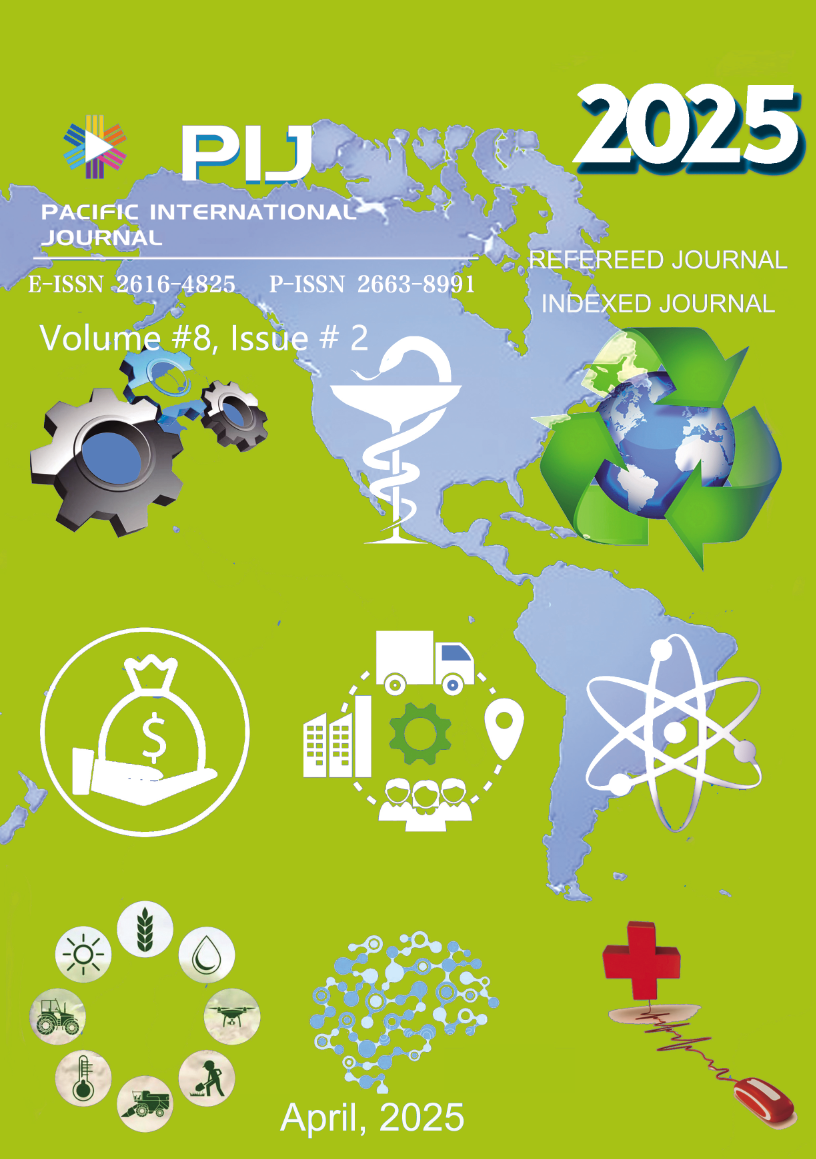Proposed Program On Energy Savings and Reduce Consumption In China Medical University Stomatology Hospital, Shenyang, China
DOI:
https://doi.org/10.55014/pij.v8i2.812Keywords:
energy conservation, Hospitals, HVAC Efficiency, Building Insulation, Renewable EnergyAbstract
This study examines energy conservation practices in hospitals, focusing on the perceived effectiveness and implementation of energy-saving measures such as HVAC efficiency, building insulation, renewable energy adoption, and smart energy management systems (EMS). Analysis reveals that respondents prioritize structural improvements and technology-driven solutions, viewing enhanced insulation, reflective roofing, and smart EMS as highly effective in reducing heating, cooling, and lighting demands. HVAC systems were identified as major energy consumers, often accounting for over 50% of hospital energy use, with strong support for energy-efficient upgrades and renewable energy integration to offset these demands.
Demographic analysis showed slight perceptual differences, with female respondents and mid-career professionals rating energy-saving technologies more favorably, particularly smart EMS. Correlation analysis highlighted significant associations between energy-saving measures and specific consumption areas: enhanced insulation correlated with reduced heating needs, and renewable energy adoption was positively linked to lower energy usage in lighting, cooking, and equipment. Overall, the study underscores the importance of a multifaceted energy conservation approach that combines sustainable building practices, advanced technology, and staff engagement, presenting a targeted program to improve energy efficiency and reduce operational costs in hospitals.
Downloads
Downloads
Published
How to Cite
Issue
Section
License
Copyright (c) 2025 Pacific International Journal

This work is licensed under a Creative Commons Attribution-NonCommercial-NoDerivatives 4.0 International License.





